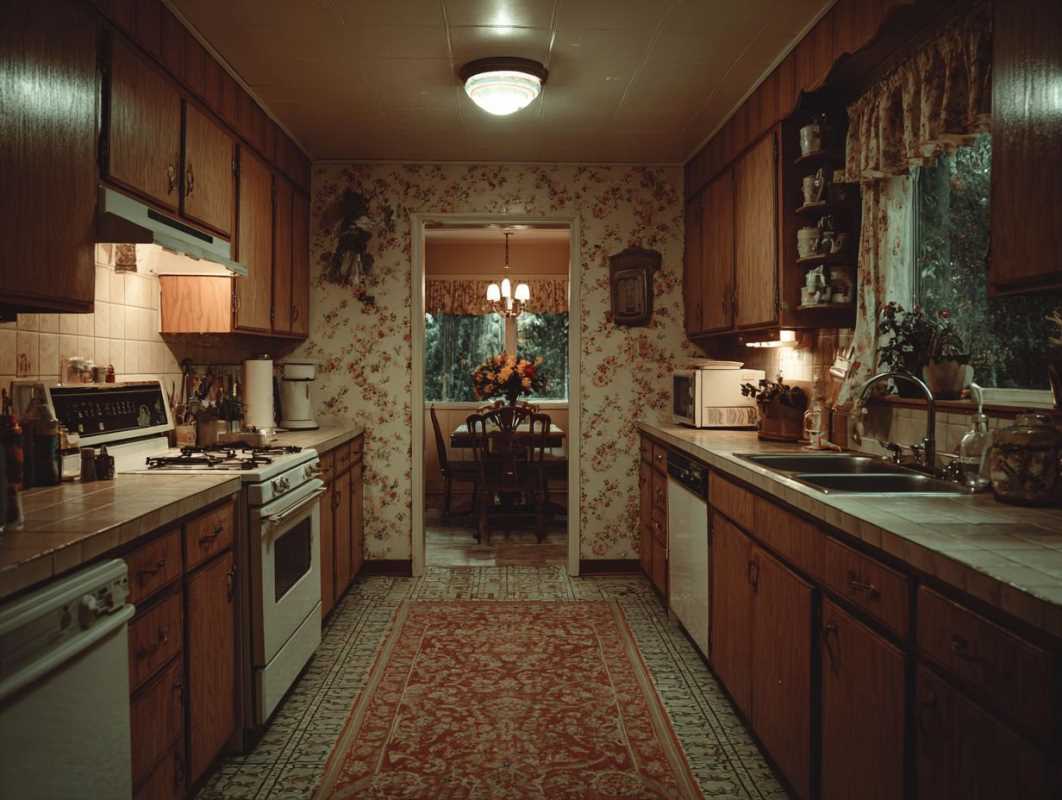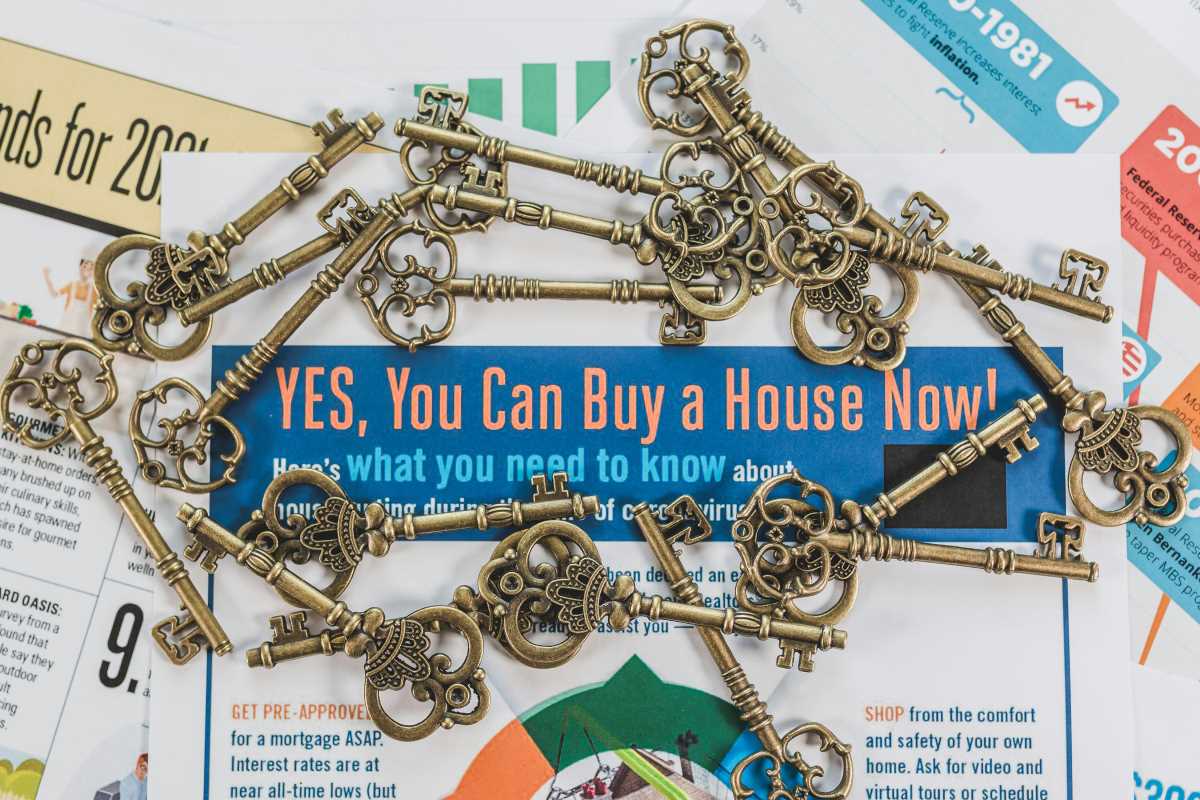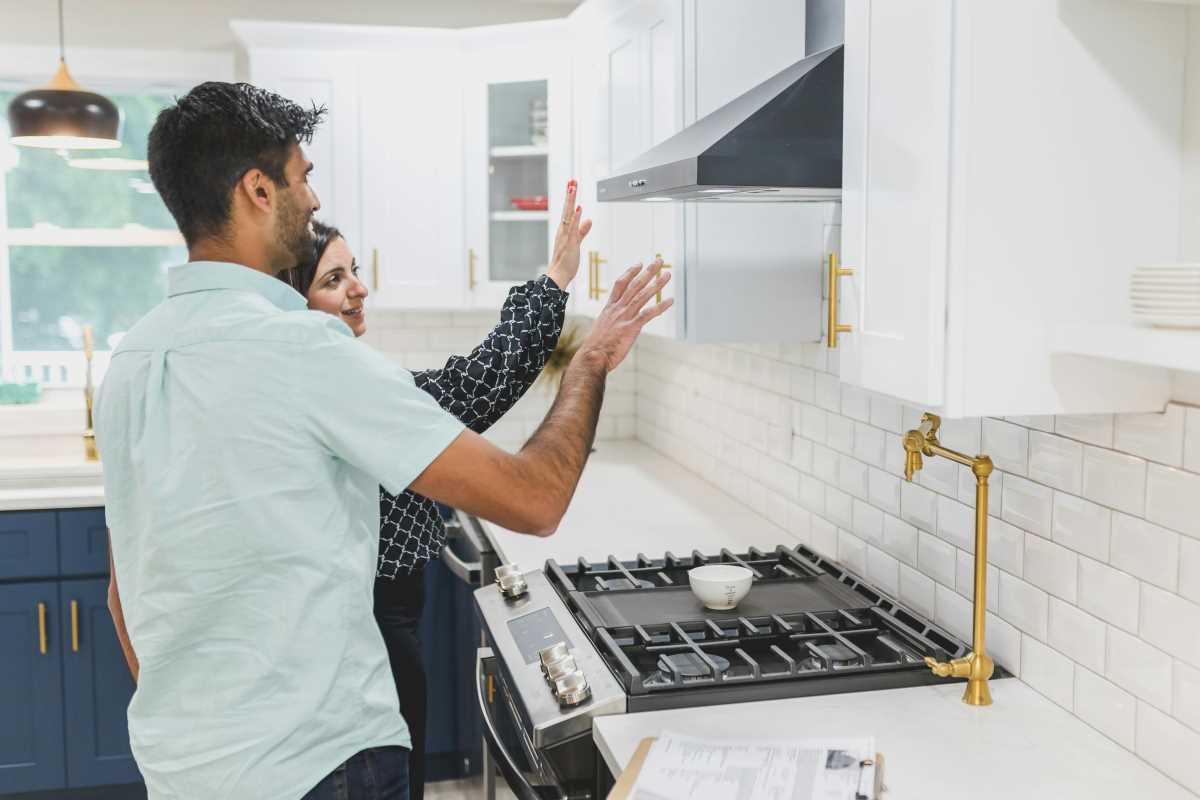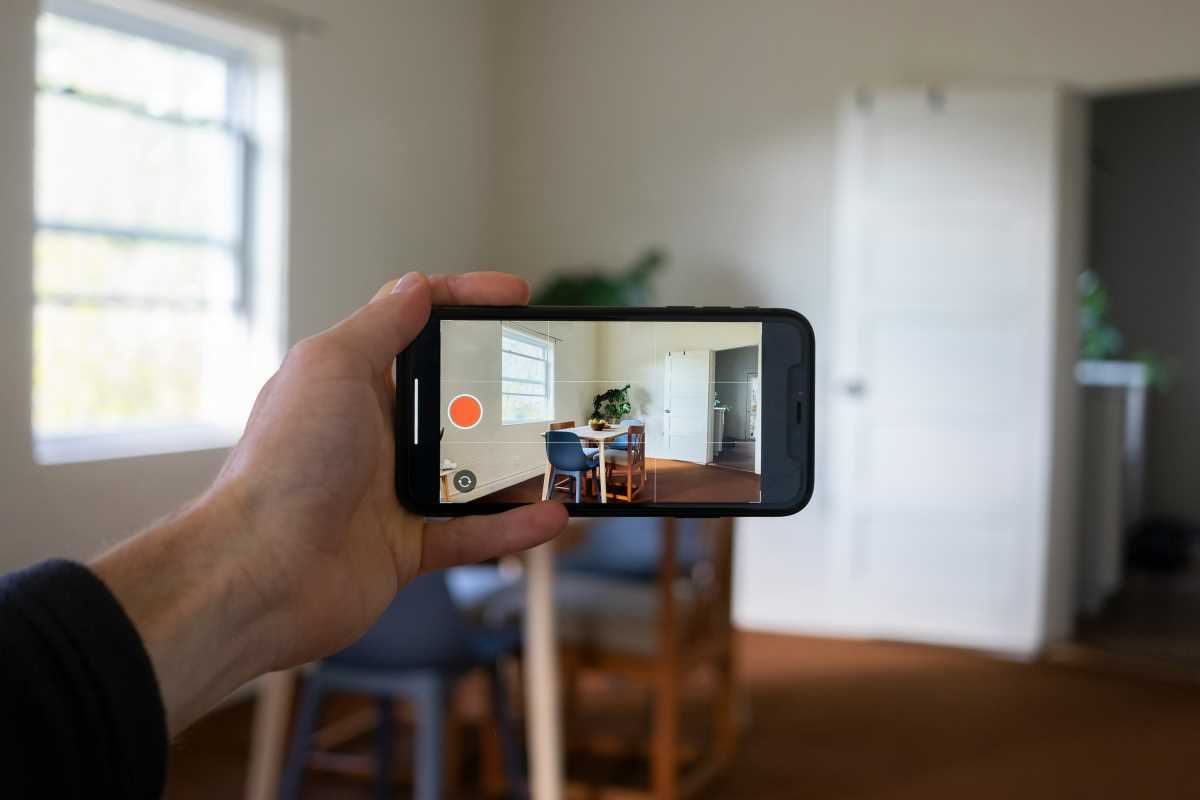When you’re getting ready to buy a home, the down payment can feel like the biggest hurdle. It’s a lot of money to pull together, and it’s natural to wonder just how much you really need to put down. You might hear about loans that only require 3% or 5% down, which sounds pretty tempting. It gets you into a home faster, right?
While that’s true, there’s a powerful advantage to making a larger down payment if you’re able to. Think of it as a head start in a long race. Putting more money down upfront is a strategic move that can save you a surprising amount of cash over the years. It’s not just about a smaller loan; it’s about setting yourself up for a more secure financial future. Let’s break down exactly how this works and why it’s a strategy worth considering.
1. Lower Your Monthly Mortgage Payment
This is the most direct and immediate benefit. The less money you borrow, the less you have to pay back each month. A smaller loan principal translates directly into a smaller monthly mortgage payment.
Imagine you’re buying a $400,000 house. If you put down 10% ($40,000), you’d borrow $360,000. But if you put down 20% ($80,000), you’d only borrow $320,000. That $40,000 difference in the loan amount can shave a couple hundred dollars off your monthly bill. This extra cash flow every month gives you more breathing room in your budget for other goals, like saving for retirement, helping your kids, or simply enjoying life a bit more.
2. Eliminate Private Mortgage Insurance (PMI)
If you’ve started looking into mortgages, you’ve probably heard of PMI. This is a type of insurance that protects the lender—not you—in case you can’t make your payments. Lenders typically require you to pay for PMI if you put down less than 20% on a conventional loan.
PMI is an extra fee added to your monthly mortgage payment, and it provides you with no benefit. It usually costs between 0.5% and 2% of your loan amount annually. On a $360,000 loan, that could be an extra $150 to $600 per month. By making a down payment of 20% or more, you can avoid this expense entirely from day one. That’s a pure saving that goes straight back into your pocket.
3. Save Thousands in Interest Costs
This is where a larger down payment really shows its long-term power. Your mortgage interest is calculated based on your loan balance. A smaller loan means you’ll pay less in interest over the life of the loan. It might not seem like much month to month, but it adds up to a huge amount over 15 or 30 years.
Let's go back to that $400,000 home. On a 30-year mortgage with a 6% interest rate:
- A $360,000 loan (10% down) would cost you about $415,000 in total interest.
- A $320,000 loan (20% down) would cost you about $369,000 in total interest.
That’s a savings of $46,000 just in interest payments. A larger down payment helps your money work for you, not for the bank.
4. Start with More Home Equity
Equity is the portion of your home that you truly own. It’s the difference between your home’s market value and the amount you owe on your mortgage. When you make a larger down payment, you start with more equity from the moment you get the keys.
Having more equity is a big deal. It provides a financial cushion. If home values temporarily dip, you’re less likely to find yourself "underwater," meaning you owe more than the home is worth. More importantly, having significant equity (usually 20% or more) opens up financial tools like a Home Equity Line of Credit (HELOC). A HELOC can be a low-cost way to borrow money for major expenses like a home renovation, college tuition, or medical bills.
How to Decide What's Right for You
A 20% down payment is a great goal, but it’s not the right choice for everyone. It’s important not to drain all your savings to hit that number. You need to keep a healthy emergency fund set aside for life’s unexpected twists and turns.
Here’s how to think about it:
- Look at your total savings. After making a down payment and paying for closing costs, will you still have 3-6 months' worth of living expenses in an emergency fund? If not, you might be better off making a smaller down payment.
- Consider your goals. If a lower monthly payment is your top priority, then saving for a larger down payment might be worth the wait.
- Explore your options. Talk to a lender about different loan programs. Some, like FHA or VA loans (for veterans), have low down payment requirements and might be a better fit for your situation.
A Smart Path to Homeownership
Making a larger down payment is a powerful financial move that offers immediate and long-term savings. It lowers your monthly bills, helps you avoid needless fees, and reduces the total cost of your home significantly. While it might take a bit more time and discipline to save for, the financial peace of mind it provides can be invaluable. It’s all about finding the right balance for your personal situation to ensure your new home is a source of security and pride for years to come.
.jpeg) (Image via
(Image via





